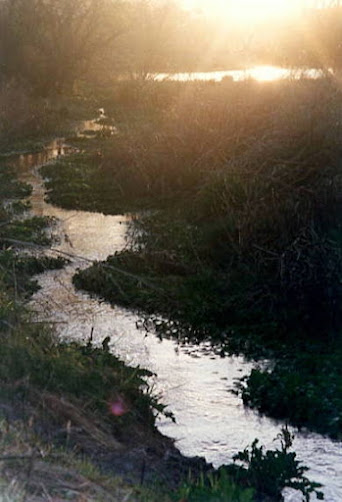Growing Deep Connections with Plants and Nature, part 1
Gardening can be a never-ending voyage of discovery, whether you’re a home gardener or professional. When children take part in exploring and caring for plants, that shared voyage can be a joyful learning experience for everyone involved! Think back to your first gardening or nature memories…. did your own love of plants begin with inspiration from a parent, teacher, or another role model? My first garden memory is of crawling into a tunnel of arching raspberry canes in our little backyard patch, where my Mom gave me “dibs” on all berries I could find in the center of the thicket, where only I could fit. That was a pretty special thrill for a 2-3 year old. Being inside that little thicket also marked the beginning of my awareness of plants and their connection with the rest of the natural world. 60+ years later, I still remember that place and that feeling like it was yesterday.
It‘s pretty simple to get started on gardening and nature experiences with your own children or grandchildren. First off, utilize what is already growing in your landscape. Then if you enhance it together by adding a few plants and other child-friendly features that fit their interests, before you know it you will have created a little oasis that will delight them (and the child in you).
Step 1. Take a walk around your garden and/or property with your children or grandchildren to look around together. Notice what catches their eye, and what they ask you questions about. Build on their curiosity and observational skills, and ask them questions too! Here’s a few ways that your existing garden can begin the conversation:
· Do you have trees and shrubs that bear fruit for humans or wildlife? These plants give children a wonderful opportunity to observe how they change throughout the year to go from flower and pollinator to fruit and seed. (Also, see the “snack walk” info below).
· Do you have a lot of birds, butterflies, bees, and/or other flying wildlife visitors? Observing which plants they visit most often, which they choose to nest in or lay eggs on, is another great way for kids to learn and understand the connection between plants and wildlife in their own backyard.
· Do you have deciduous trees and shrubs? These are great illustrators of the changing seasons for children to become tuned into, from the swelling of new buds in early spring to the lush-leafed days of summer, and from the brilliant colors of fall to the stark winter beauty of bark and branch structure.
· Do you grow herbs or other fragrant-leafed plants? Lavender, Oregano, Bronze Fennel, Dill, Rosemary, and Mint make it exciting for kids to take “scratch n’ sniff” garden tours. Using them in cooking and/or for making sun tea adds to the fun. Because mint comes in chocolate, peppermint, and orange flavors, a patch of multiple mints can be its own “scratch n’ sniff’ tour, but always grow it in a container unless you want it to take over your garden!
· Do you grow food? Children develop a more powerful connection with plants when they become aware of how many they eat each day, from their breakfast cereal to their soup, sandwich, or pizza slices, to their bedtime snack. Eating “straight off the vine” is super fun for kids, and growing easy-to-pick snap peas, cherry tomatoes, lemon cukes, purple pole beans, etc. make it exciting to take daily visits to the garden for delicious and nutritious “snack walks”!
Next month I’ll continue this article with Step 2: Fun and easy plants, and inexpensive child-friendly features to add to your garden!
Photo credits:
All photos by Emily Bishton




